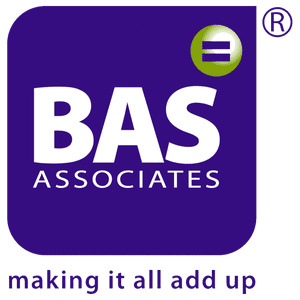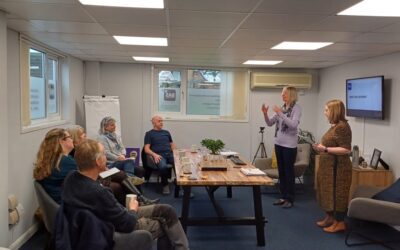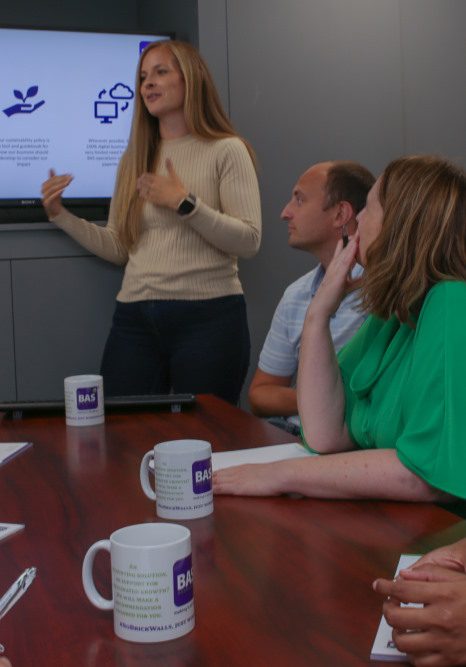Backwards, forwards or simply standing still. Which is it?
Has your business stopped growing at the rate it was previously and standing still? Have your revenues dropped or remained static despite your efforts? Are the number of new customers contacting you reducing? Are you winning less orders than previously?
If you have answered yes to one or more of these questions, you’re not alone. At some point a business is likely to experience one, if not all of these. However, for the most part, you can control your growth, profit, customer attraction rate and everything else in between. So why does this happen?
Generally, parts of the business start to struggle when you are no longer focused in the same areas you once were to be completely honest you’ve become complacent. Instead of thinking strategically and leading your business towards a goal, you’re being reactive, and this is affecting your business.
The minute you stop moving forwards, your business is at serious risk of decline and your competitors overtaking you in a space you once dominated.
It’s not just SME’s that make this mistake; Kodak, Blockbuster, Little Chef, Toys “R” Us, Nokia The list goes on!
Every single one of these businesses once dominated the market in which they traded. They were specialists in what they offered and how they offered it, and many of them leading the way for others.
However, they got comfortable with their success and didn’t see it coming to an end. They stood still; their business started to decline it went backwardsrapidly! They left it too long to react which ultimately led to closure or buy-outs.
So, is this avoidable or is this an inevitable end for all businesses?
Well, we for one would be out of a business if business decline and closure was inevitable! Running a business is challenging, even at the best of times, and even more so in the difficult times.
Here are our top 3 focus areas to ensure your business doesn’t “stand still”:
Step 1
Be proactive when it comes to your finances.
Keep a close eye on your business performance and financial reports. If you notice a trend that you can’t identify and resolve yourself reach out for support. If you don’t know where to find your financial reports and accompanying information, your accountant is best placed to help you source and interpret this data.
When you have your key financial information, you have understood your performance and identified some areas of focus. It is always important to complete an expenses review. If you can tighten costs (without compromising cost or service levels) you might just recover some of your reduced turnover. Ideally complete an expenses review every 6 months.
Finally, plan to start building a funds reserve funds in case of an emergency. During difficult times this sum of money becomes invaluable. One of the biggest risks to businesses during the Covid-19 pandemic was running out of funds, and whilst you can’t always plan for a pandemic level response, not all business interruptions are out of your control. Many will help you avoid standing still and support your growth.
Step 2
Keep connected with your target audience business follows people. The deeper your understanding of the customers and people within your market the easier it is to remain relevant.
Remember, not everyone is your target customer, so focus on those that look like existing customers, those that are genuinely interested in your products and/or services and those that have an immediate need for what you offer.
If you don’t have a Marketing Strategy Plan, then creating a clear plan to set your sales and marketing goals and the actions required to achieve them, is essential to ensure that as you understand your customers needs, you have a clear and cohesive means in which to respond and maximise on the valuable insights.
Marketing is an extremely powerful tool to help avoid standing still, when the right approach is taken to reflect the business objectives and goals. From generating more leads and selling more to existing clients to introducing new services and strengthening your brand in the marketplace, don’t underestimate the impact a marketing plan can have on the long-term success of your business.
Step 3
Have a working Business Plan to address any areas of concern, identify new opportunities and create a clear plan for recovery. Your Business Plan will lead your business strategy and direction and your marketing plan is how you will take your business strategy, products and/or services to your target market. So, it’s best to create these plans concurrently.
It can be easy to think that just because you own or are part of a small businessthat you don’t need a business plan or that a business plan won’t be relevant.It’s not until things start to fail that you start to wish you had a way of measuring, understanding, identifying, and responding to the changes. A business plan is the tool that will help you do this.
An effective business plan will not only help your business to recover and grow, but it will also help keep your business activity focused, consider all aspects of your business’ performance, have clear goals and targets and, where possible support business owners gain their time back!
If you don’t know how to write a business plan, there are plenty of guides and templates online along with numerous 1-2-1 business planning services.
So, whilst it’s easy to stop focusing on the development and growth of your business as you benefit from prior efforts or become used to the way in which your business has operated over the years, taking your eye off the ball, becoming complacent and standing still could mean putting your business on life support, or worse!
Standing still is going backwards and the unfortunate truth is that some businesses will reach a point of no return and may have to be liquidated if no alternate options arise.
Don’t become a passenger in the journey of your business, don’t let your business slip into decline, follow the 3 steps outlined in this article and ensure you are proactive, have a strategic plan and respond to the market. For 1-2-1 business support and coaching contact our Business Development Director, Sian Smith on 01296 681341.






